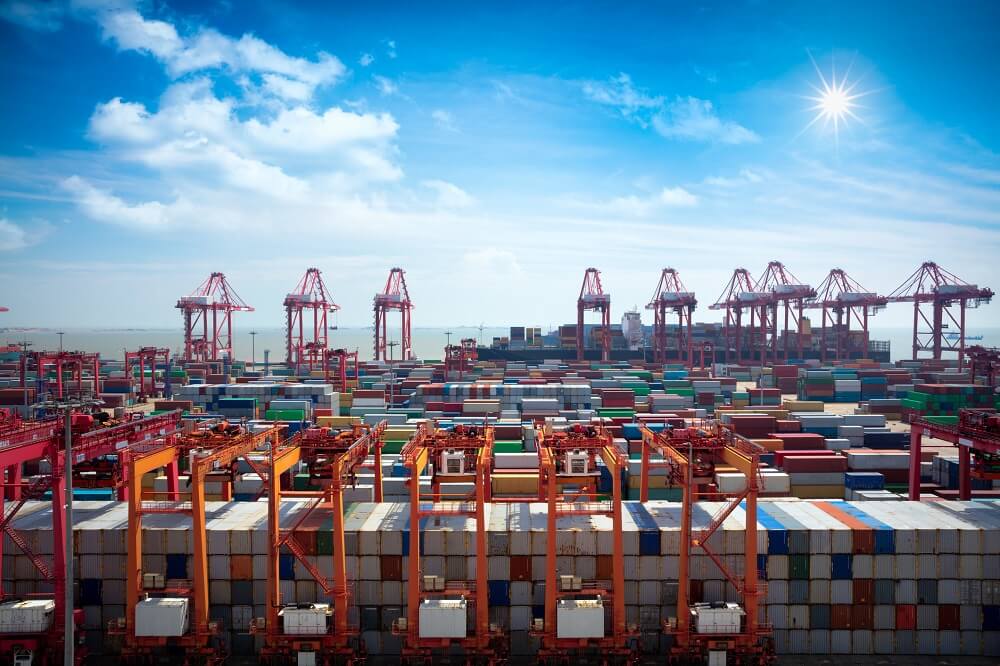Although China’s entry into the World Trade Organization in 2001 helped liberalize its trading environment and reduce restrictive measures on foreign investment, several industries remain regulated or inaccessible. Since the introduction of the “Negative List” by the National Development and Reform Commission (NRDC) as part of the new Foreign Investment Law, of which a draft was published as early as January 2015, the Catalogue for the Guidance of Foreign Invested Industries (“Catalogue”) has slowly been phased out.
The Negative List
As of July 28, 2018, the Special Administrative Measures on Access to Foreign Investment 2018 (“the Negative List”) officially replaced the Catalogue. From this day forward, the Negative List will reduce the total number of restrictive measures from 63 in the Catalogue to 48 industries.
Previously, the Catalogue characterized foreign investment into the four categories of encouraged, permitted, restricted, and prohibited. However, the Negative List instead lists industries in which foreign investment is either prohibited or restricted. Foreign investors should be given equal treatment to domestic (Chinese) investment in industries which are not included in the list.
The restricted industries could still be accessible to foreign investors via a joint venture structure or may require prior approval by the Chinese Ministry of Finance and Commerce (MOFCOM). The list of encouraged industries, which could benefit from special incentives, are separated from the Negative List and may be released in the future.
Check the solutions we offer in Corporate Services
What has changed in China’s Negative List?
The Negative List arguably removes restrictions to foreign investments in industries and sectors such as agriculture, mining, and infrastructure as well as gradual reform in the automotive, finance and insurance industries.
Some of the openings on the new Negative List genuinely represent opportunities for foreign investors to establish a WFOE in China, while others may require further analysis. Overall, the core list of industries where foreign investment is altogether prohibited remains relatively unchanged from the previous year.
With respect to a few industries, such as crop breeding and seed production, the removal of control requirements by Chinese authorities implies new opportunities for foreign investors. What is more, the Chinese authorities have provided an indication for openings in the automotive, financial, and insurance industries from 2020 to 2022.
Although these measures demonstrate China’s willingness to gradually open its market to foreign investment, such as Wholly Foreign Owned Enterprises, several other restrictions may still apply. Firstly, several domestic restrictions may still apply to certain manufacturing sectors in combination with the required Environmental Impact Assessment (EPA) for foreign invested enterprises and other industry requirements. Moreover, another restriction may be a lack of opportunity in practice due to existing competition (i.e. Chinese companies already dominate the market, such as Alibaba or Tencent) and/or other unlisted measures targeting WFOEs.
Conclusion
In 2011, the total number of restrictive industries peaked at 120, but since then has steadily been declining to 48. Due to these developments, foreign investors are encouraged to thoroughly examine the changes to the Negative List to assess whether new business opportunities have arisen.
Throughout our presence in China, we have successfully helped companies enter the Chinese market and provided advice on the most suitable business structure taking into account their business requirements.
If you would like to enter the Chinese market or understand how these changes may impact your existing business in China, please do not hesitate to contact us at [email protected]



